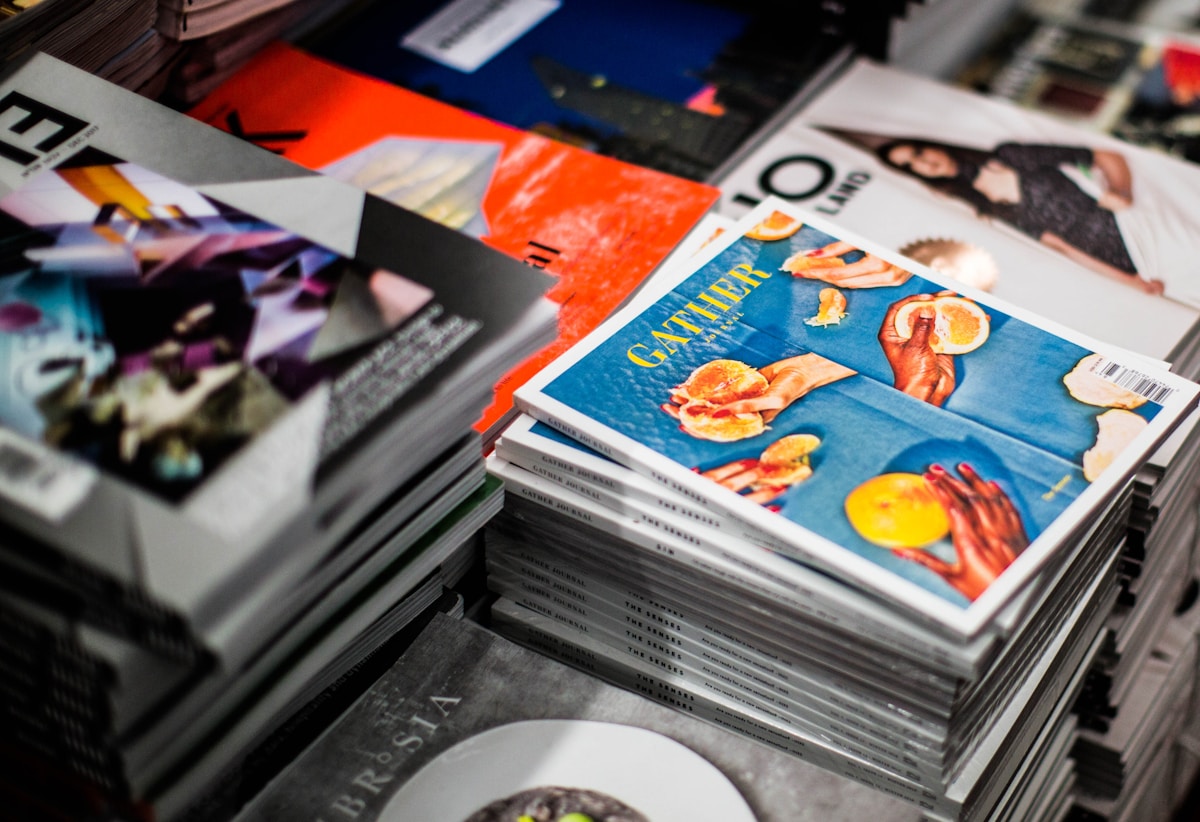Business cards were first introduced in the 15th century in China, and since then, it has been a medium of connecting among clients and businesses. They are usually little rectangular pieces of paper that businesses and individuals hand out to others for networking with them. But since its introduction, it has taken different shapes and builts to create a history of its own. Here are the surprising and crazy facts you never knew about business cards.

Business cards were first introduced in the 1400s and were first known as Meishi or “Visiting cards” that were used for announcing the names of people at the entrance of establishments for permitting to meet the owner. The business cards were usually printed on hand made papers in china and contained decorations and essence to please the person it was meant for.
While China has paper made business cards, Germany, on the other side of the world has their names printed on woodcuts and hand them out as greeting cards. They were introduced in the times of King Louis XIV and were referred to as trade cards. Sometimes it also contained maps to direct the cardholder to the card owner.

In the 1700s the business cards changed a lot and became more interesting and advanced. They also became more valued and often had copperplate engravings. It was meant for more purposes than mere trading. Men were expected to leave a card for meeting a woman and had to hand over the card to the servant first. The servant should be ready with the card for the hostess before she meets the man outside. If the doors do not open for the man, he should assume that there is no further hopes of making acquaintances and should leave politely. If the card was for more than one person, one had to fold it in the middle to convey his message. Visit here to know more facts about business cards.

With the advent of lithographic printing, business cards got a makeover once again in the 1800s. The cards became more colourful and included the same size fonts and accurate pictures. The printing companies also offered a couple of varieties and designs to choose from. The professional business cards became more simple and classic and had better quality for durability.
It was rude to hand out business cards to friends as it was a sign that you had a business intended friendship. The married couples often handed their names together in the same card. While unmarried daughters had to place their names beneath that of their mother’s. It was considered polite and moral to write a woman’s name in bigger fonts than that of man’s.

In the Victorian day, the business cards conveyed much more than just the contact details. It had special codes and colours to deliver different messages. The cards were folded in the corners with certain meanings. A fold on the top left meant that a person has come in person rather sending their servant. A fold on the bottom left meant farewell to the person. The fold on the top right meant congratulations, and the folded bottom right was meant to express condolence.